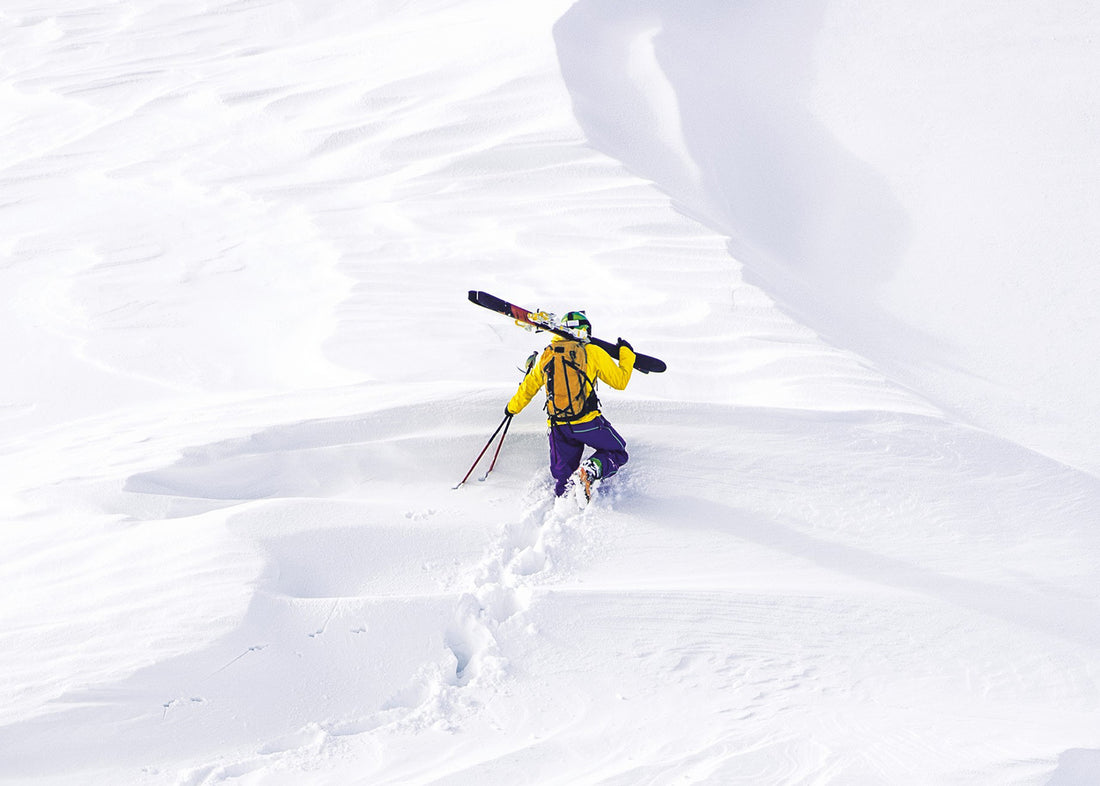One of the worst things to ruin a run, ski holiday or hike in the winter is... cold feet! Having cold feet is not pleasant, and it's not great for the structures and soft tissue to function in state of reduced flexibility and motion.

So, how can you keep your feet warm during a run, when your skiing or hiking? This short guide provides insight to help with cold feet in sport.
-
Proper Footwear: Ensure your foot wear fit correctly. They should not be overly tight, allowing for proper blood circulation. Tight footwear can restrict blood flow, leading to colder feet. Also, make sure they're fit for purpose and correct for the exercise or sport.
-
Quality Socks: We keep banging on about this... but, wear moisture-wicking, thermal socks made of materials like merino wool or synthetic fibres. Avoid cotton socks as they retain moisture, which can make your feet feel even colder.
-
Heated or Thermal insoles: Consider using battery-powered heated insoles or thermally efficient insoles designed for winter use. These can provide additional warmth, especially on extremely cold days.
-
Foot Warmers: Use foot warmers or heat packs that are specifically designed for placing inside ski boots. These can help maintain warmth for several hours.
-
Proper Layering: Dress in layers to regulate body temperature. Keeping the rest of your body warm can prevent your feet from getting too cold. Use appropriate clothing, including thermal base layers, insulating mid-layers, and a waterproof outer layer.
-
Dry Feet & Footwear: Ensure your feet are dry before putting on your socks and footwear on. Moisture will make your feet feel colder. Use moisture-wicking socks and remove wet socks immediately if they get damp during your activity. The night/ morning before your activity ensure your footwear is dry and
-
Footwear Fitting: Ensure your footwear is properly fitted by a professional or reputable store. Footwear that's too tight or too loose can result in discomfort and cold feet.
-
Preheat Boots: Pre-warm your footwear prior to your run, hike or ski. Something like the Therm-ic UV pod warmer is great for this. Before putting on your shoes, warm them up using a boot dryer or by storing them in a warm area. Cold footwear can make your feet feel colder more quickly.
-
Adjust footwear: Don't overtighten your boot buckles, shoe laces or straps. They should be comfortably snug without causing pressure points that can restrict blood flow.
Remember that everyone's feet are different, so you might need to try a combination of these methods to find out what works best for you. If despite these measures, you continue experiencing consistently cold toes, consulting a professional or a podiatrist may be beneficial to address any specific issues you may have with your feet or footwear.

